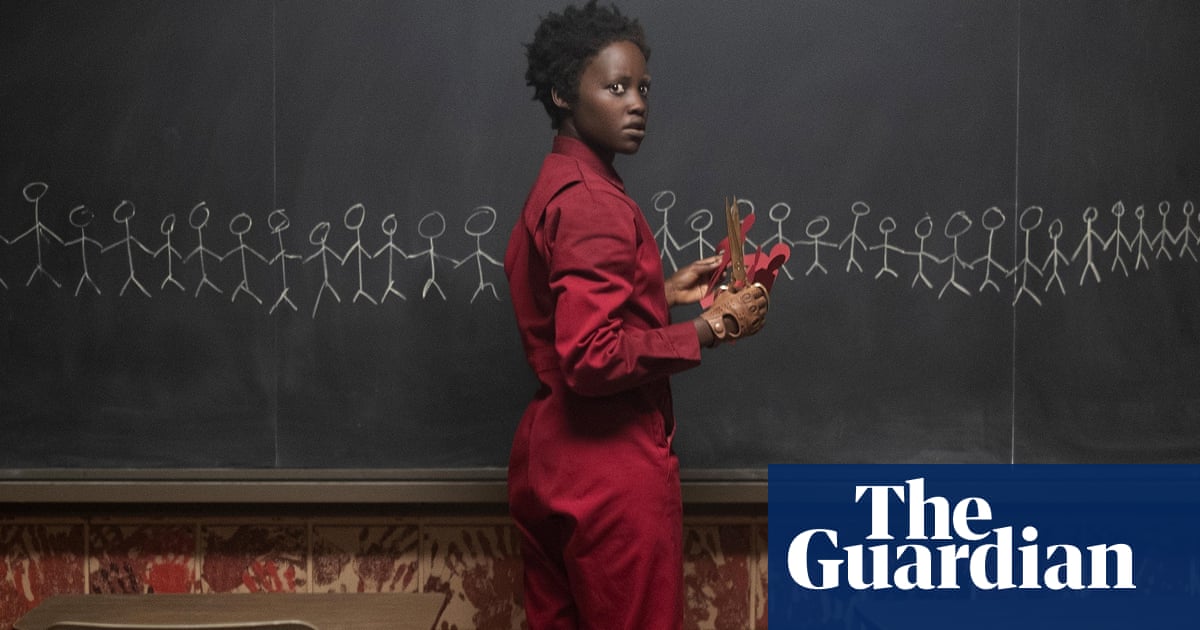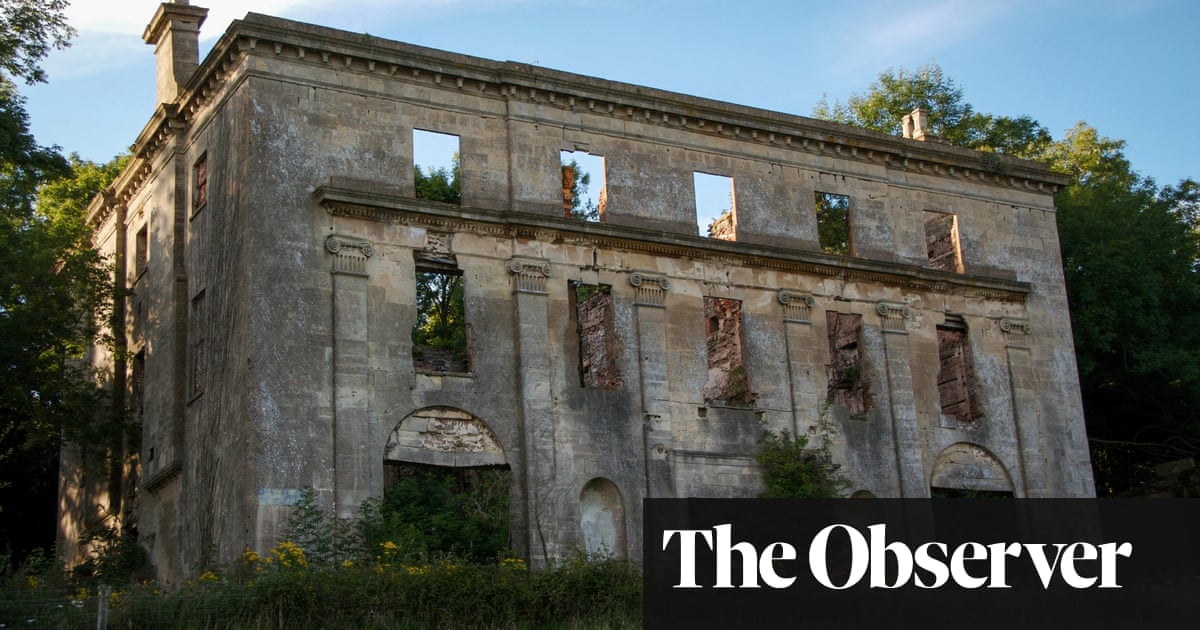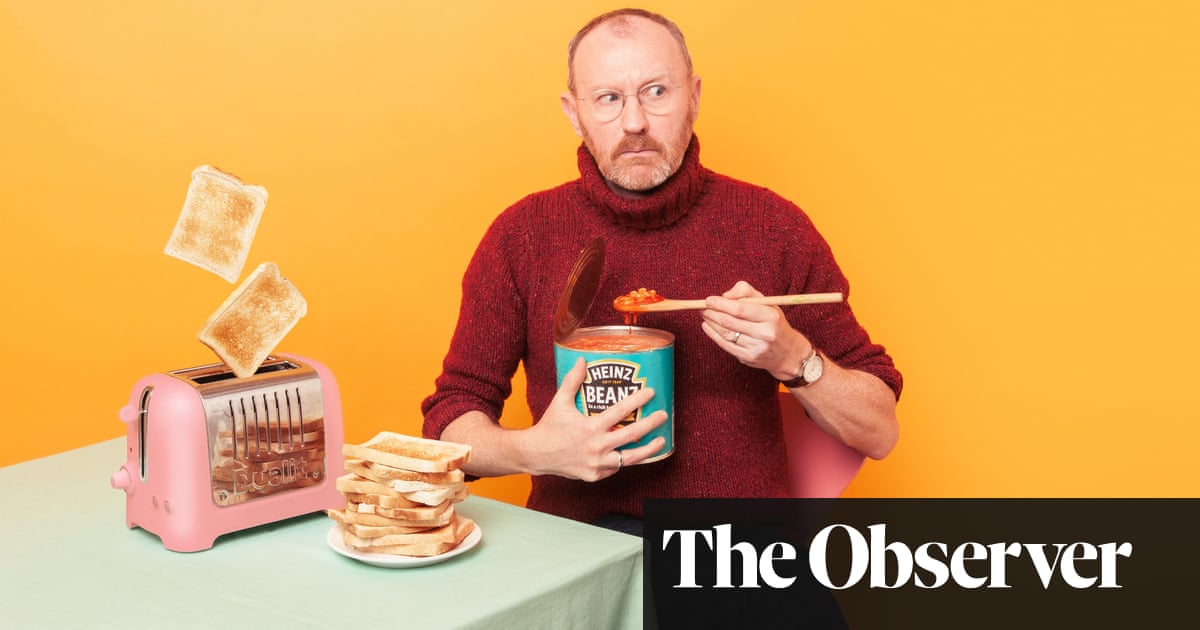
orty years ago this month, ITV broadcast a children’s birthday party that no one in attendance would forget. As a group of kids gathered on screen for jelly and games, a torrent of brilliant red Kensington gore suddenly came from above, soaking everything and everyone in the room. The look of shock and upset on the faces of the children invites questions as to exactly how much they – or their parents, for that matter – knew about how the scene would unfold. Listening to them crying, it would have surely been less traumatic had the woman playing mother gone up in a blaze while lighting the candles on the cake.
This was not even the climax of The House That Bled to Death, part of British horror studio Hammer’s TV venture, Hammer House of Horror. That would come when the truth about the birthday girl’s duplicitous parents was revealed – and, indeed, they got their reward. But it was this bloody scene that would become, for many, the defining memory of one of the creepiest programmes ever shown on British television.
“Just imagine what would happen now if you said to all these kids’ parents: ‘We’re just going to spray them with blood and totally traumatise them,’” says the horror buff and League of Gentlemen co-creator Mark Gatiss, who first saw the infamous episode as a schoolboy. “It’s absolutely horrible.”
Between September and December 1980, Hammer House of Horror weaved 13 tales of terror that were, indeed, horrible. The brainchild of the Hammer Films producer Roy Skeggs, who had taken over the horror factory after it had gone into receivership the previous year, this was a marked change for the brand. As a movie stable, Hammer had built a reputation for a particularly British strand of gothic horror with the Dracula and Frankenstein franchises, as well as occult flicks such as its adaptation of Dennis Wheatley’s The Devil Rides Out. But here, in a new era, the focus was on a far more claustrophobic sense of discomfort.
Satan and witchcraft occasionally raised their heads, but more often the monsters came from within. In Rude Awakening, the nightmare within a nightmare drives its protagonist to a chilling madness, while the sadistic, bullying weight-loss club at the centre of The Thirteenth Reunion is almost as unpleasant as its final, morbid purpose.
It was all captured in the gritty style of the time. Where Christopher Lee’s masterful Dracula was a theatrical triumph, and movies such as Blood from the Mummy’s Tomb had a certain high-end glamour, the TV endeavour had a filmic style more in line with Minder or The Sweeney. With a cast including Diana Dors, Peter Cushing and even the future James Bond Pierce Brosnan, the horrors played out in a world of everyday people, provincial English towns, smoking in pubs, creaky village antique shops, regional accents and full-English breakfasts.
“They were the most fantastic snapshots of 1980s England,” says Gatiss. “That ‘Ford Cortina’-ness, shot on really good film, is a sort of time capsule in itself. There’s something uniquely British about it, isn’t there? Something in the dampness and the wet Wednesday feel of some of it. It’s a world of cottage hospitals, suburban grimness, mixed with folk horror.”
This, coupled with a sense of irony, made everything bleed with menace. American films of the 70s such as Texas Chainsaw Massacre and Halloween had gone big on the baddie almost getting away with it at the end, but the main characters would always still be saved. In the nasty world of Hammer House of Horror, though, there was no guarantee even of that.
“You have to remember the context – it was the end of the 70s, which is the nihilistic decade, where every major Hollywood film had a totally bleak ending,” says Gatiss. “The classic Hammer films played things with a much more straight bat, with no winks to the camera. In the vampire films, there’s a chiming bell on the soundtrack when the vampire contagion passes away and order is restored. But the TV series was much more of its time, and much grimmer. In The Silent Scream, for instance, Peter Cushing gets his just deserts, but [the good characters] still can’t escape.”
Even before you got to these conclusions – often “almost Scooby-Doo-like” endings, as Gatiss puts it, where spooky happenings are resolved as the work of scheming humans – there was a strong sense of dread in the air. A deafening, suffocating silence punctuated the dialogue, adding uncomfortable tension to the most benign scenes, while the writers often played to the basic fears of everyday things.
The funeral directors and doctors of The Thirteenth Reunion became monsters without really knowing what they were up to with the bodies that were disappearing from their hospital. Charlie Boy’s ancient African idol statue brought back the goosebumps of a feared ornament in a grandparent’s house. And it was not the dark secret of Cushing’s elderly pet shop owner in the The Silent Scream that made him so horrifying – as a kid, elderly pet shop owners were feared anyway. The truth was simply cream on top.
To Gatiss, this “sense of wrongness” is key. Even the obtuse theme music, which starts with a stab of dramatic drums before going into an unexpectedly major-key guitar line that sounds like a Wall’s Viennetta advertisement, adds to the show’s out-of-tune style. “It shouldn’t work, that theme, but it really does,” he says. “Somehow it fits it perfectly. That kind of says it all – none of it’s quite right.” He points to his favourite episode, The Two Faces of Evil, to illustrate. A family are involved in a car crash that leaves the father disfigured, with bandages covering his face. When they take him home, something is not right. Right from the start, you feel as if you are being played in the most macabre way.
“All that stuff in that episode with the sou’wester and the scarecrow, it’s genuinely horrible,” he laughs. “When they’re driving along in the rain singing She’ll Be Coming Round the Mountain and then they hit that hitchhiker, and then the nail scratches – it’s really horrible! It’s never quite left me, that.”
Indeed, echoes of Hammer House of Horror can still be seen today. They are writ large in the twists and self-laid traps of Charlie Brooker’s Black Mirror. Inside No 9, the work of Gattis’s League of Gentlemen colleagues Steve Pemberton and Reece Shearsmith, is even named in honour of The Mark of Satan, in which a mortuary worker is haunted by the number, driven ever madder whenever he sees it. And, as in The League of Gentlemen itself, the Englishness and atmosphere, as well as an inherent terror characters like Gatiss’s sinister butcher Hilary Briss, make a mark.
“We all loved the show, and we’re all roughly the same age, so we watched it in the same way as kids,” he says. “When we first got to know each other, we’d talk about it a lot. It was a common currency, so it had an impact that way. An older bit of England with matrons and things that were genuinely quite creepy.”
Forty years on, Hammer House of Horror remains so. By keeping to Fawlty Towers rules and existing only for its initial run, it never had a chance to lose its way or dilute itself. It remains some of the creepiest, strangest, most genuinely scary TV Britain has ever produced. And if you are invited to a party being held in its honour, it might be wise to decline.












